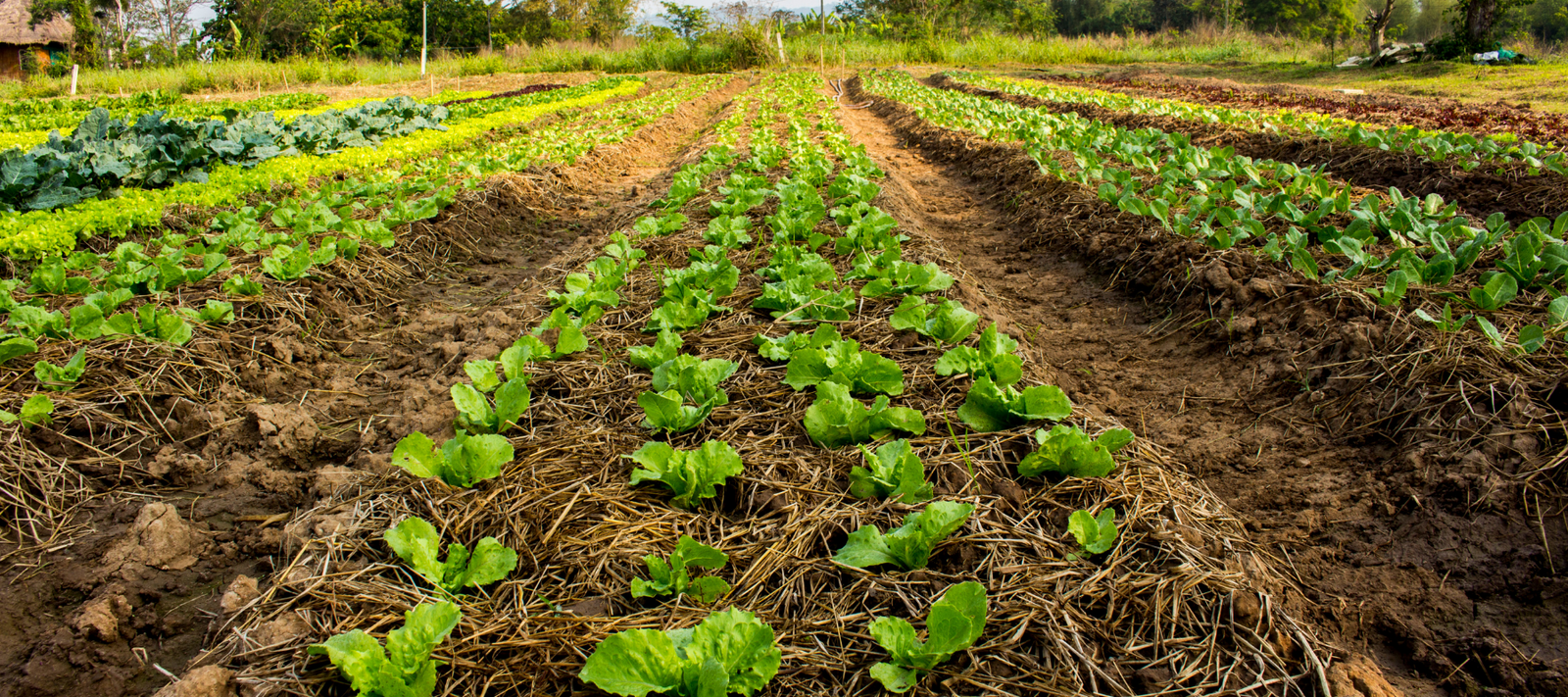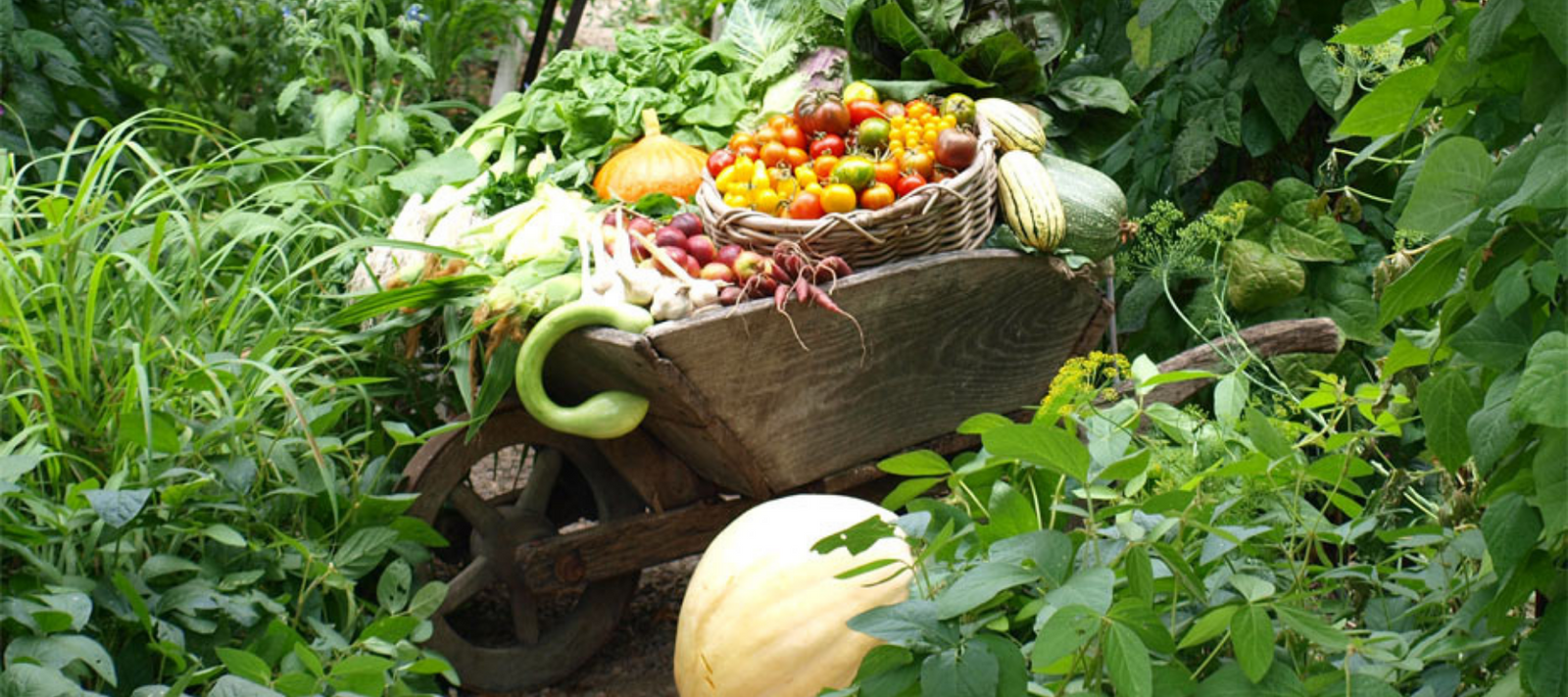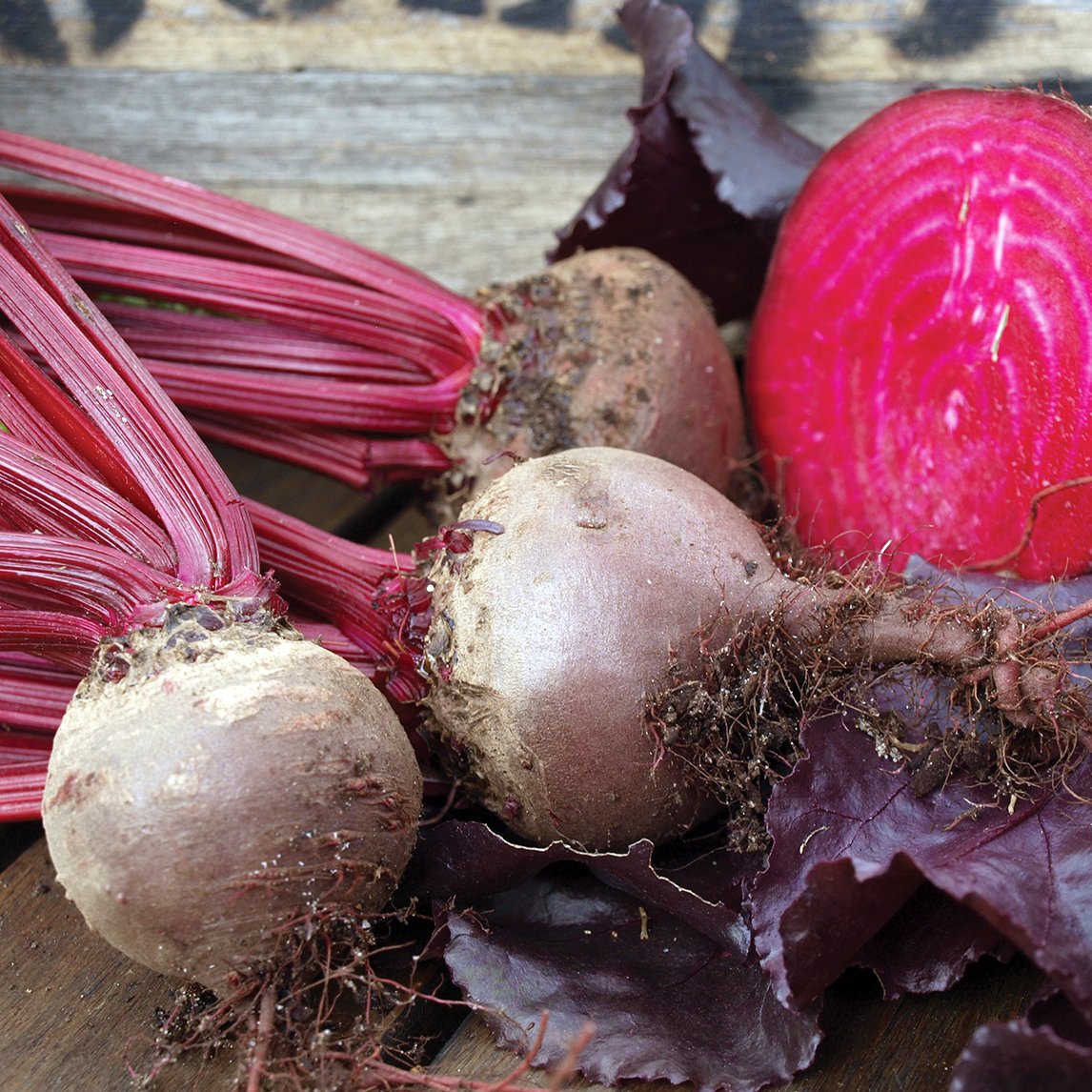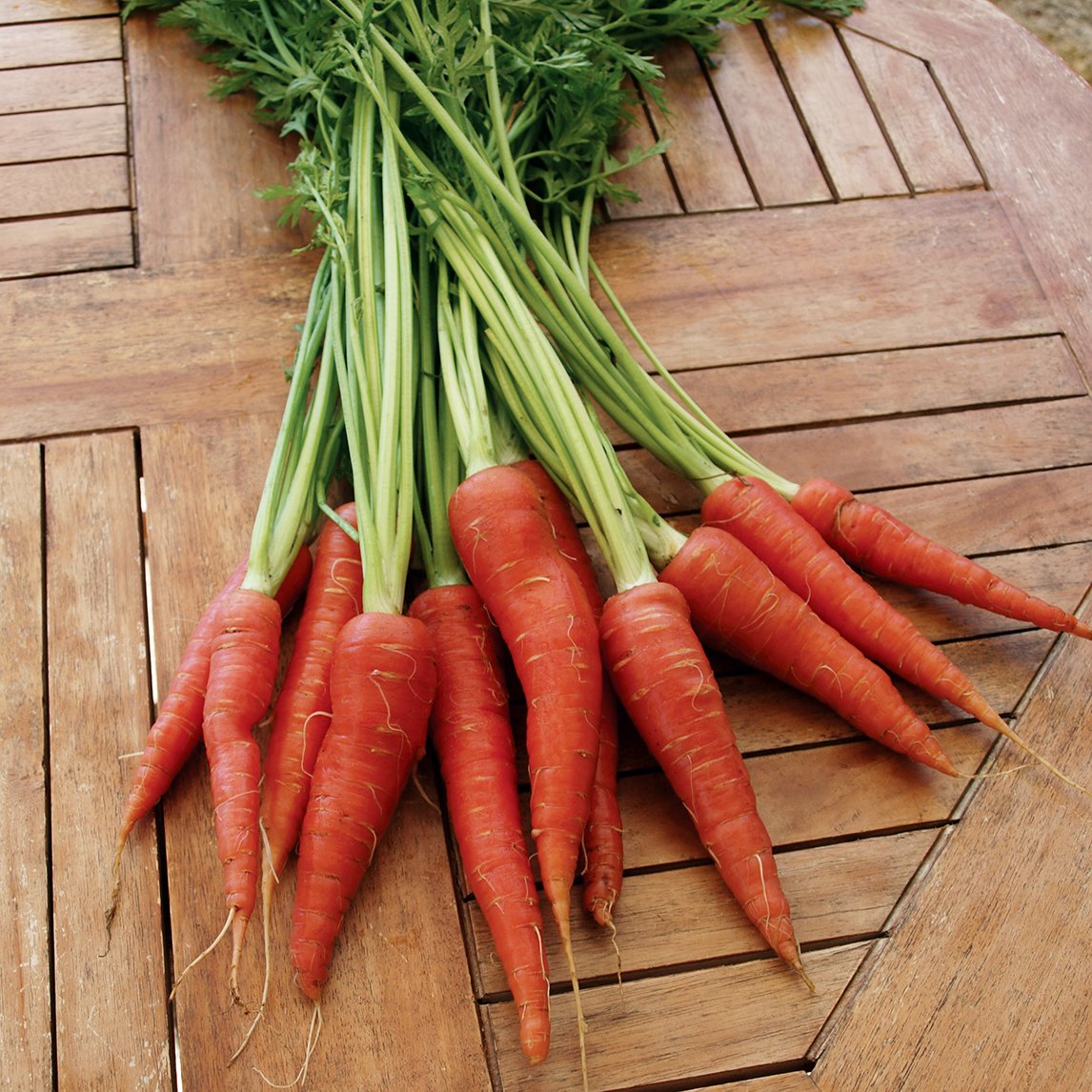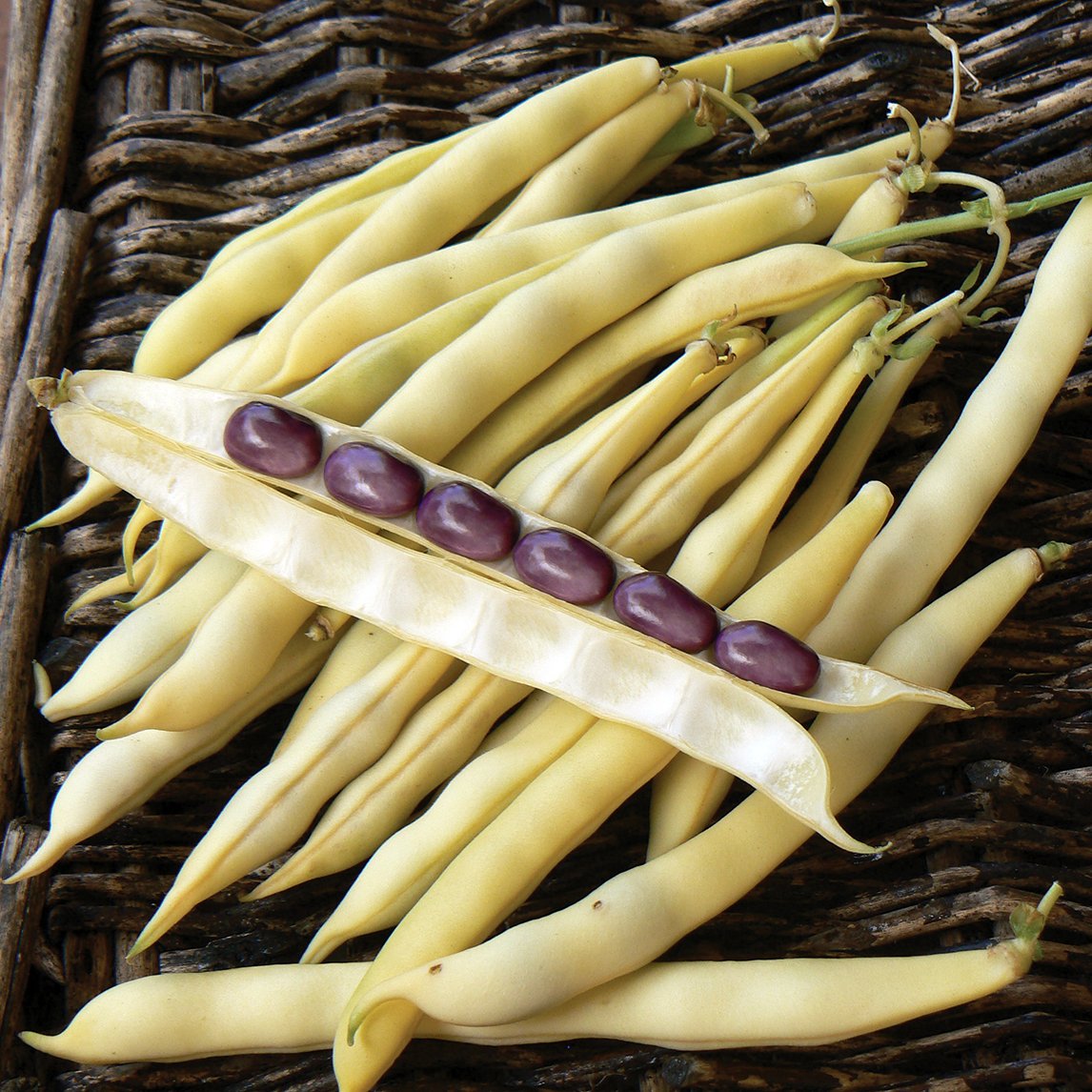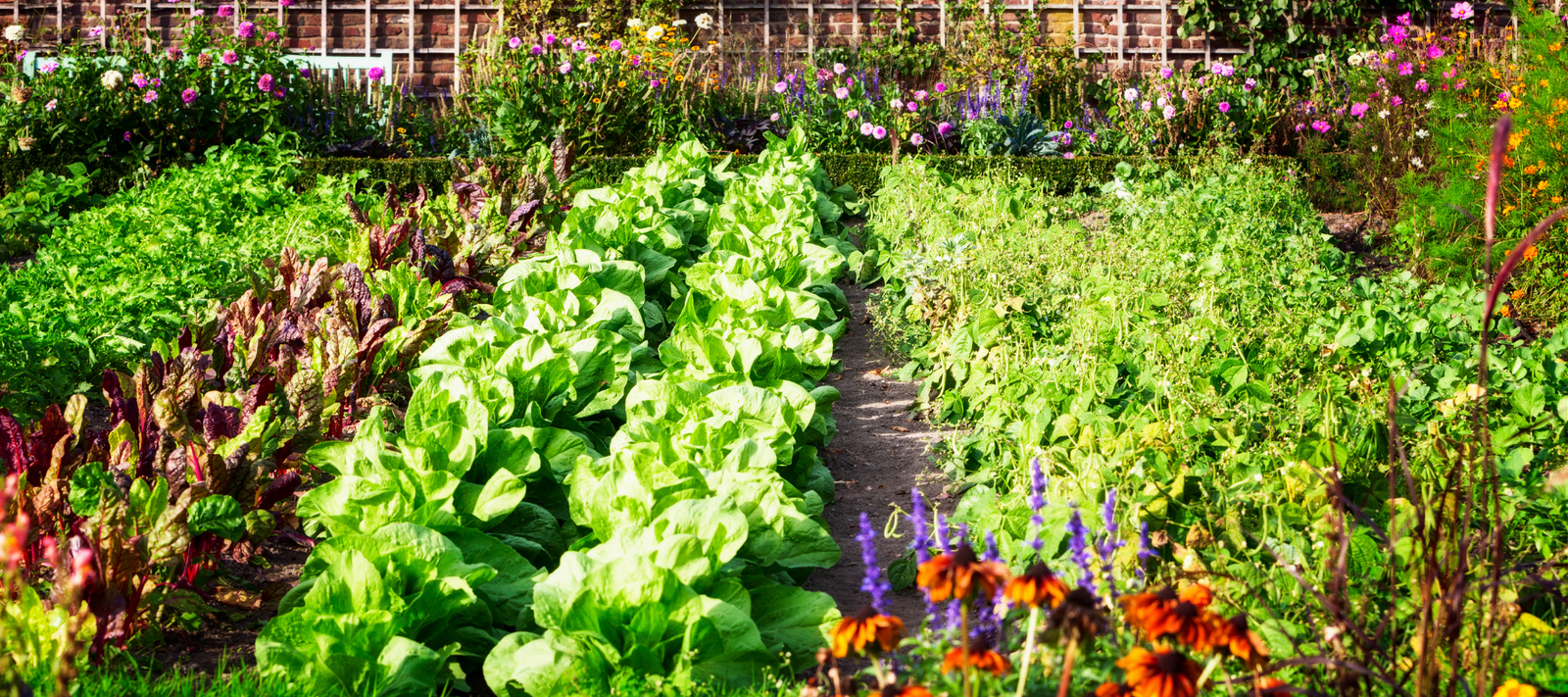
Growing your own nutritious vegetables is cost effective and highly rewarding. Whether you have a large garden, a raised garden bed or a small balcony, as long as you have sunlight you can grow some produce of your own.
For many, the dream of sustainability starts with a simple seed and the backyard vegie patch, and it’s easier to grow your own than you may think.
Here are 6 easy steps to get your vegetable garden off to a good start.
1. Choose a suitable site
When choosing a spot for your plants, make sure it gets at least six hours of full sun per day. Take into account the movement of the sun and any shade from nearby trees. If you can, site your vegetable garden close to your kitchen so you can quickly pop out to harvest produce at mealtimes and to keep an eye on things throughout the seasons.

2. Prepare the site
Mark out the area for your garden bed, starting small. Remove any grass by cutting through the lawn in easy-to-remove squares, then relocate or turn upside down to compost. Use a fork to turn over the soil and mix in granulated fertilizer, compost, manure, and rock dust to improve it.

3. Sow/transplant
Seed can be sown directly into well-prepared beds or raised as seedlings. Space your seeds to allow room for growth (check the packet for directions). This prevents contorted root crops and allows vegies access to the nutrients they need to grow without competition.

4. Protect from pests
Seeds and seedlings are susceptible to attack from pests. Use methods such as distributing diatomaceous earth and snail pellets, and covering with cloches and nets. Seedlings are most vulnerable when young and vigilance is important to protect germinating crops.

5. Water
Vegetable gardens need regular watering. Most gardens need daily watering, with morning and evening watering required if days are hot and dry. An irrigation system is the perfect way to water the soil and not the foliage, ensuring your plants stay healthy and well hydrated.

6. Harvest
Harvesting is the most rewarding time in your vegie patch. To ensure an adequate harvest, stagger your sowing (some crops routinely take a certain number of weeks to reach harvest). Sow successively for a regular supply of produce. Harvest and use fresh for maximum flavour.

Soil
Healthy soil is the most important element of a vegie garden if it is to be successful. As food is harvested, we take nutrients from the plants, and from the soil, it is vital that we replace this on a continual cycle.
Soil texture is classified into 5 main groups, clay, sand, silt, chalk and peat. Each has its own merits and disadvantages, but all types will benefit greatly from the addition of organic matter, both incorporated into the soil such as home made compost or well rotted animal manures as well as mulches such as lucerne or sugar cane mulch.
Also essential for soil fertility are the wide range of organisms that live in it, beneficial fungi, bacteria, microscopic insects and visible ones, like earthworms and beetles. All these organisms break down the organic matter to produce humus, a dark coloured, sticky substance that builds good soil structure, helps retain water and stores and releases nutrients.
Nutrients
The three major nutrients required by plants are nitrogen (N), phosphorus (P) and potassium (K). You will see these letters on fertiliser packaging, followed by the percentage of each nutrient. Nitrogen is essential for green, leafy growth. Phosphorus is necessary for the chemical reactions in plants that stimulate cell division, so promotes growth of healthy roots and shoots.
Potassium is essential for plant metabolism, promoting strong, hardy growth, disease resistance and good colour and flavour to fruit and veg. Magnesium, calcium and sulphur have essential roles, but are required in much smaller quantities. There are also essential trace elements, or micronutrients, required in even smaller quantities; the most important of these are iron, manganese, copper, molybdenum, boron, chlorine and zinc.
Vegetables to grow
When it comes to deciding what to grow, the world really is your oyster, but there are a few things you should consider when making your choices.
If space is limited, growing crops such as potatoes and cabbages, might not be the best use of space as these plants take up a lot of room for a long time and are fairly cheap to buy. It may be more beneficial to grow crops that would be expensive at the shop, such as capsicums, salads (particularly baby leaf gourmet mixes), beans and soft fruits.
Growing hard to find crops too, such as tomato plants, golden beetroot and multi coloured carrots are also worth considering. Grow what you like to eat!
It may sound obvious, but so many people grow things that they don’t love, or they grow so many of one thing that they end up with a glut. Instead of sowing a whole tray of seeds in one go, such as lettuce, only sow 10 seeds, but sow them every week, this way, you’ll have a succession of harvesting, which you'll be able to keep up with in the kitchen.
Freezing and storage capabilities of crops are important, peas, beans, blackberries, raspberries and currants all freeze beautifully, so can be planted in abundance. Potatoes, onions and pumpkins all dry store well, while root vegetables all sit quite happily in the garden until you’re ready to harvest them, but make sure you catch them before the run to seed or they will become woody.



